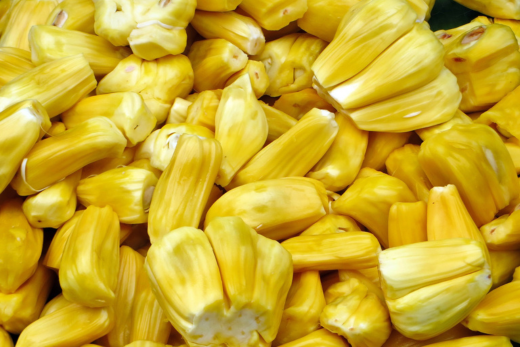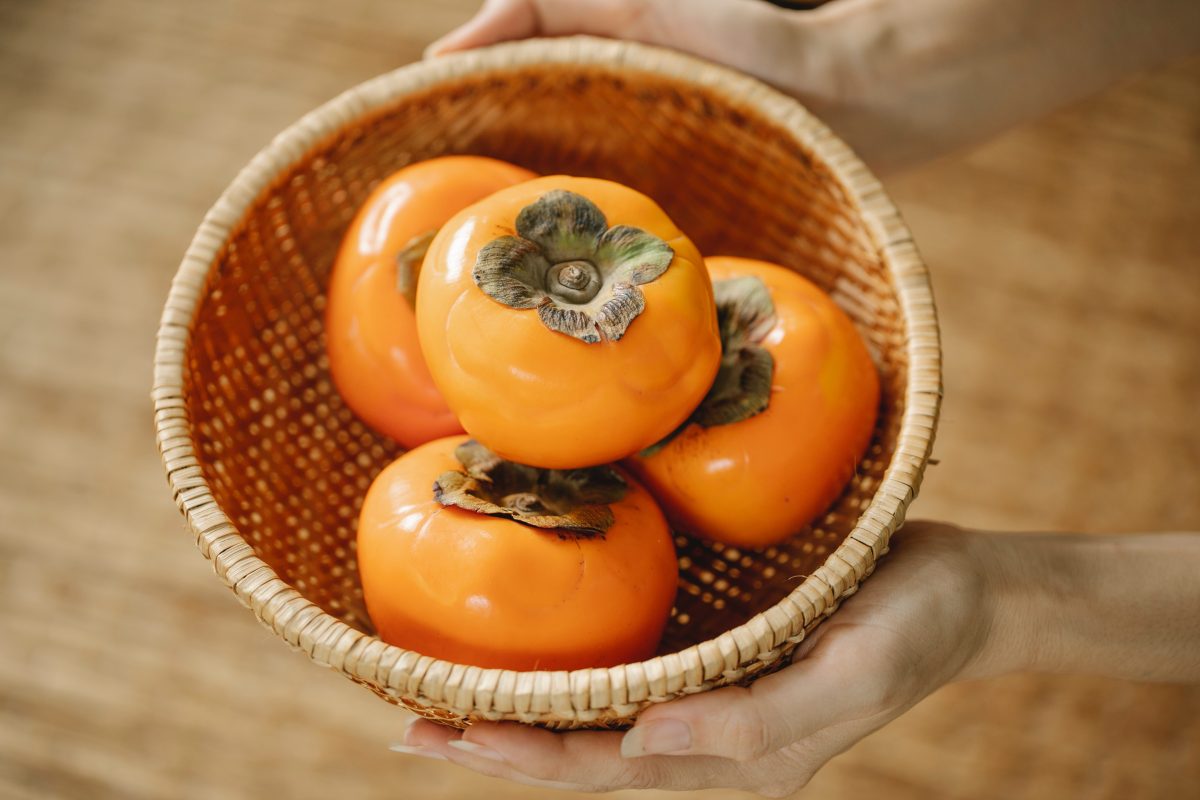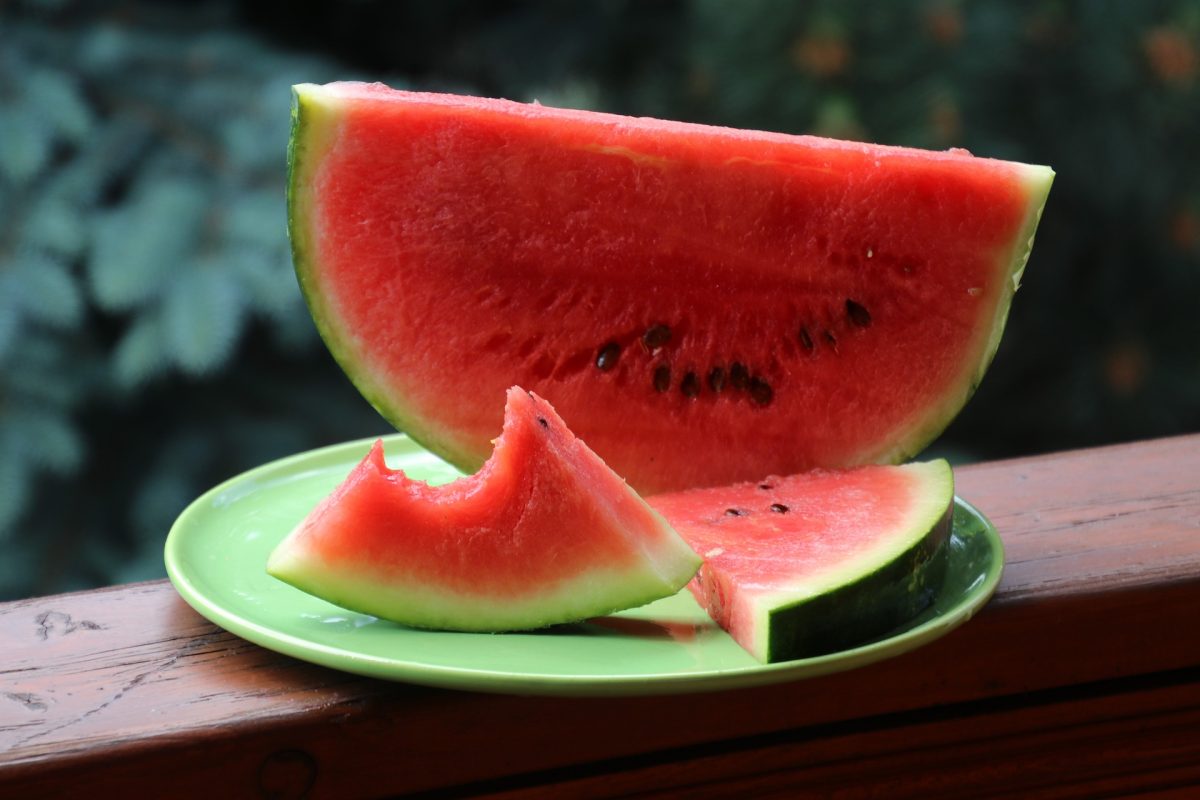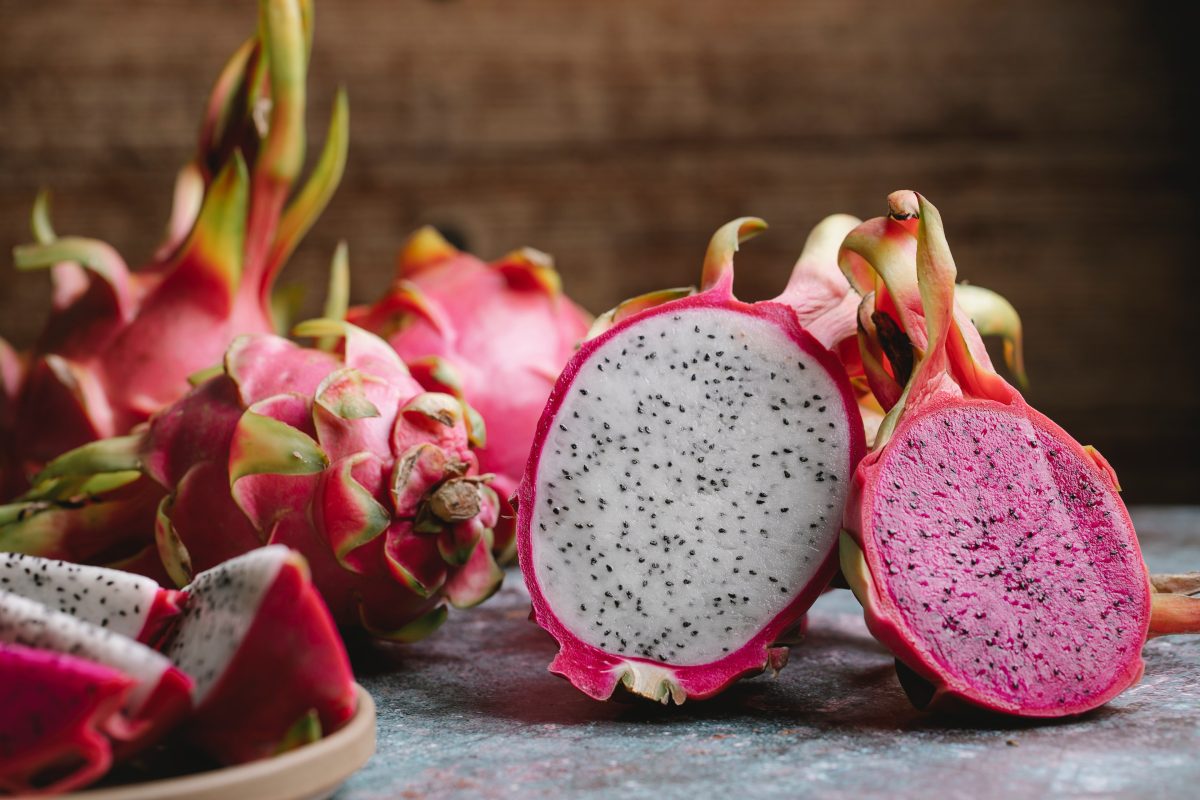Jackfruit, with its massive size and unique flavor, has gained popularity as a versatile fruit, especially among vegans and vegetarians. Growing your own jackfruit tree can be a rewarding experience, allowing you to enjoy this tropical delicacy right from your backyard.
In this article, we will provide a comprehensive guide on how to grow jackfruit, from selecting the right variety to nurturing your tree through each stage of growth. Whether you’re an experienced gardener or a beginner, these step-by-step instructions will help you successfully cultivate your own jackfruit tree and indulge in its delicious fruits.
Choose The Right Variety

The first step in growing jackfruit is selecting the right variety that suits your climate and growing conditions.
Jackfruit trees thrive in tropical and subtropical regions, as they require a warm and humid climate.
Some popular jackfruit varieties include Black Gold, Golden Nugget, and NS1.
Consider factors such as disease resistance, tree size, and fruit quality when choosing a variety.
Climate Suitability
Jackfruit trees are native to tropical and subtropical regions, so it’s essential to choose a variety that can thrive in your specific climate. Ensure that the variety you select can tolerate the temperature range, rainfall patterns, and humidity levels of your region.
Disease Resistance
Different jackfruit varieties exhibit varying levels of resistance to common diseases. Look for varieties known for their resistance to diseases such as anthracnose or fungal infections. Disease-resistant varieties will have a better chance of staying healthy and producing a good crop.
Tree Size
Jackfruit trees can grow to be quite large, so consider the available space in your garden or orchard. Some varieties have a more compact growth habit, making them suitable for smaller areas, while others may require ample space to spread out.
Fruit Quality
Assess the quality of the jackfruit produced by each variety. Look for desirable traits such as a sweet flavor, tender texture, and minimal fiber content. It’s also worth considering the size and shape of the fruit, as well as the yield potential of the variety.
Provide Optimal Growing Conditions
Jackfruit trees are extremely sensitive and tolerate very specific conditions.
They cannot abide frost or drought, but also can’t tolerate wet, soggy roots.
Elevations above 4000 feet are not suitable either as are any areas prone to high or regular winds.
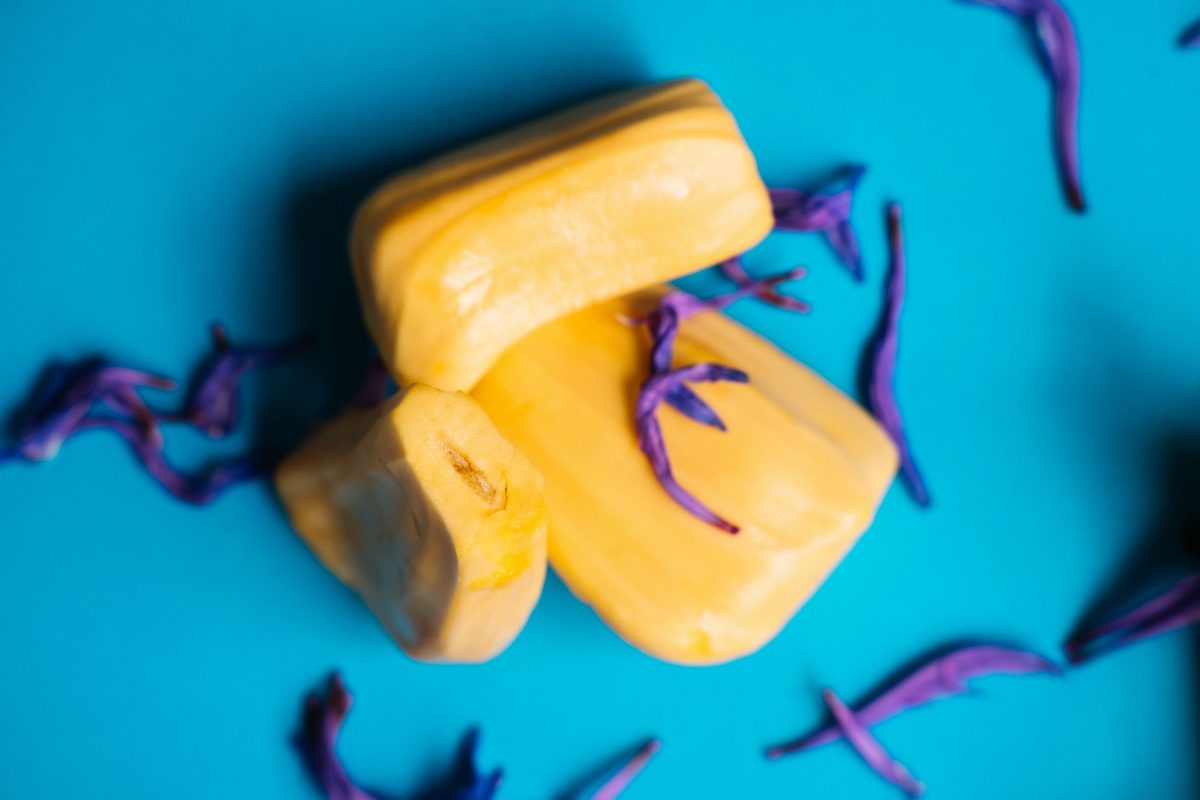
Sunlight
Jackfruit trees prefer a sunny location with well-draining soil. You’ll need to choose a location that gets at least 6 to 8 hours of direct sunlight daily.
Soil Preparation
These large trees need rich, deep, and porous soil. Any clay heavy soil will need to be amended with compost or well-aged manure to improve drainage and texture. Sandy soil lacks the needed nutrients and will need to be amended as well.
pH Level
Jackfruit thrives the most in acidic to neutral soil so aim for a pH range between 6 and 7.5. If the pH of your soil is outside of this range, you can adjust it with the appropriate soil amendments like lime.
Planting And Pruning
Planting
Plant your jackfruit tree during the warmer months to give it a head start. Dig a hole wider and deeper than the root ball and carefully place the tree, ensuring that the graft union (the swollen area where the scion and rootstock are joined) is above the soil level. Backfill the hole, gently firming the soil around the tree. Mulch the area around the tree to retain moisture and suppress weeds.
Pruning
Pruning is crucial for jackfruit trees to promote healthy growth and fruit production. Prune young trees to establish a strong framework by removing weak or crossing branches. The aim is for an open and balanced canopy.
As the tree matures, thin out excessive growth to improve air circulation and light penetration. Remove overcrowded or dead branches.
Watering And Fertilization

Jackfruit trees require regular watering, especially during dry periods. Water deeply but infrequently, allowing the soil to dry out slightly between watering sessions.
Be cautious not to overwater, as excessive moisture can lead to root rot.
Fertilize your jackfruit tree regularly to provide essential nutrients. You’ll want to apply a growing tree with a blend of nitrogen, phosphorus, potassium, and magnesium in a ratio of 8:4:2:1.
This fertilizer you’ll add to the tree’s soil at 1 ounce per tree at 6 months old and then 2 ounces at 1-year-old, then 4 ounces at 1.5 years and so on until 2 years old.
Mature trees (over 2 years old) get 35.5 ounces of fertilizer in a ratio of 4:2:4:1 twice per year; once before the wet season and once after.
Tips For Pest And Disease Management
Pest and disease management is crucial for maintaining the health and productivity of jackfruit trees. Here are some tips to effectively manage pests and diseases:
- Regular Inspections
- Regularly inspect your jackfruit tree for signs of pest infestation, such as fruit flies, mealybugs, or aphids. Look for symptoms of diseases like anthracnose or leaf spot. Early detection allows for prompt action.
- Sanitation Practices
- Maintain good sanitation around your jackfruit tree. Remove fallen leaves, fruits, and debris from the ground, as they can harbor pests and diseases. Prune and discard any infected or diseased branches promptly.
- Organic Pest Control
- Consider using organic pest control methods to manage pests. This may include introducing beneficial insects, like ladybugs or predatory mites, that prey on pests. Neem oil or insecticidal soap can also be used to control pests while minimizing harm to beneficial insects.
- Fungal Disease Management
- To prevent fungal infections, avoid overhead irrigation that can promote moisture on leaves. Apply appropriate fungicides or organic treatments as recommended if signs of fungal diseases are observed.
- Consult Experts
- If you encounter severe pest infestations or diseases, seek advice from local agricultural extension services, experienced gardeners, or plant pathologists who can provide specific guidance and solutions.
- By regularly inspecting your jackfruit tree, practicing good sanitation, and implementing appropriate pest and disease management strategies, you can minimize the impact of pests and diseases and ensure the health and vitality of your tree.

